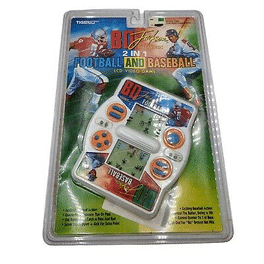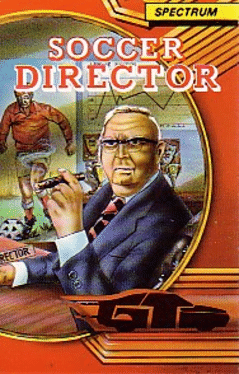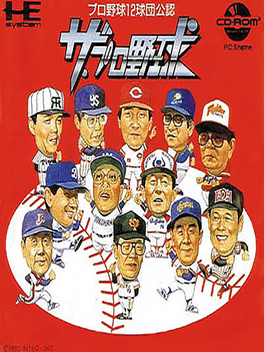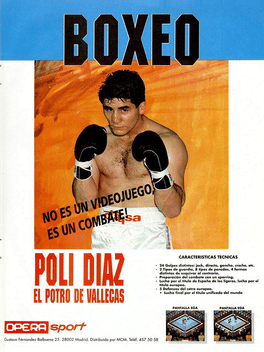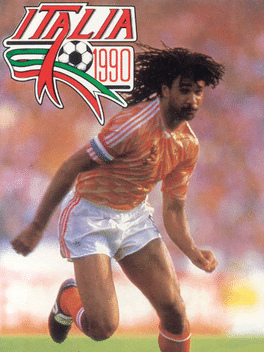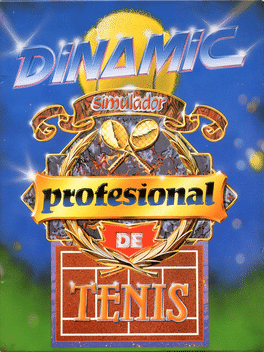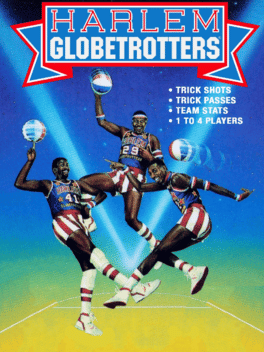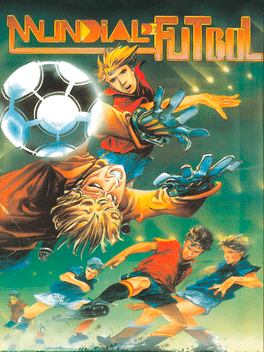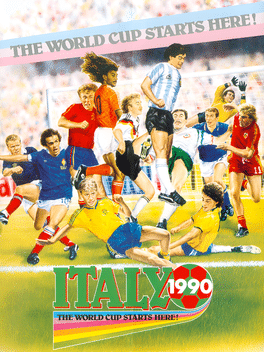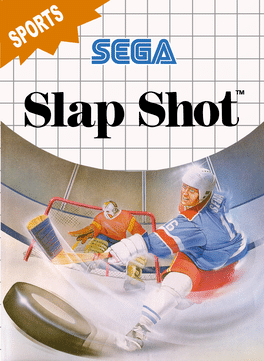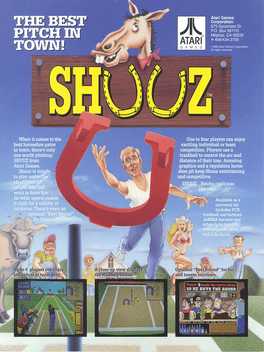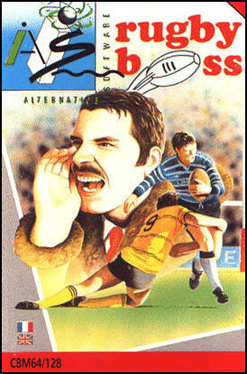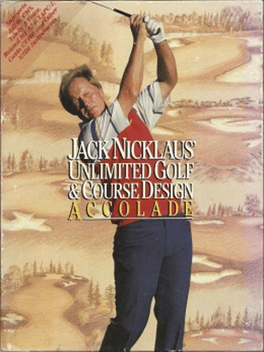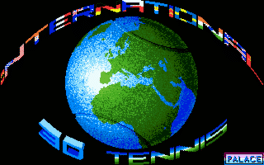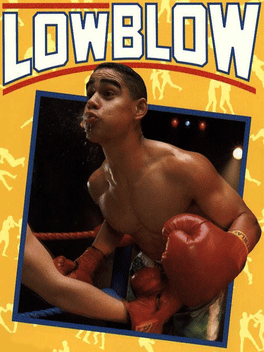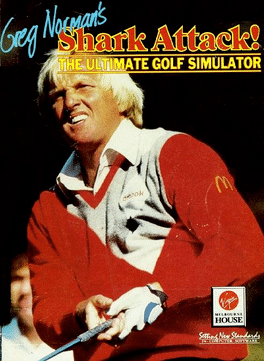New Mac Games - Page 215
-
Bo Jackson Football and Baseball
1990
Handheld electronic game released on 1990. The players hold the side they want to play. -
Nekketsu Koukou Dodgeball-bu: Soccer-hen
1990
Nekketsu Koukou Dodgeball Bu: Soccer-hen is a port for the Sharp X68000 of the Famicom game with under the same title in Japanese. -
Soccer Director
1990
Soccer Director
1990
Weird soccer manager for spectrum where you place bets on the outcome of the matches or buy shares of the teams. -
The Pro Yakyuu
1990
The Pro Yakyuu
1990
The Pro Yakyuu is a baseball game that allows players to compete in Japan's professional baseball league, with licensed team and player names. Versus mode allows competition between two players; in a friendly game, the computer AI chooses an opponent for the team selected by the player; the "Open" mode is a tournament in which players can assign controllable teams to themselves and to the AI. The game itself can be set on "Action", "Simulation", or "Auto" mode, with varying degrees of realism. Pitchers and batters are controlled from a third-person view, while baserunning is viewed from an overhead perspective. -
Tennis Cup
1990
Tennis Cup
1990
Tennis Cup is a split-screen tennis game with the camera closely positioned at the athlete's back. The available playing modes are exhibition match (either single or double), training, the Davis Cup or the four Grand Slam tournaments. The player either controls one of the 32 available tennis athletes or creates a new one. Then there are 30 points to divide between abilities (e.g. forehand or volleys). This athlete can be saved to disk and further improved during the course of time. For exhibition matches, the opponent can be built the same way. -
Poli Díaz
1990
Poli Díaz
1990
Poli Diaz is a boxing game protagonized by the Spanish boxing star of the late eighties, Policarpio Díaz. This game uses an isometric perspective where two boxers revolve around the center of the ring, with no possibility of going back, and we observe it from a corner of the quadrilateral. The options menu is the usual: one or two player mode, choose the control type and the number of assaults and lenght of the same. -
Italia 1990
1990
-
Accolade In Action
1990
Accolade In Action
1990
The Accolade In Action is a compilation of games from Accolade including: – 4th & Inches – Blue Angels: Formation Flight Simulation – Fast Break – Grand Prix Circuit -
Harlem Globetrotters
1990
Harlem Globetrotters
1990
Harlem Globetrotters is a multiplatform sports video game for the Nintendo Entertainment System and MS-DOS. The game allows players to control the Harlem Globetrotters basketball team. -
Mundial de Fútbol
1990
Mundial de Fútbol
1990
The world cup of Opera gathers the confrontations of the twenty-four teams which participated in Italy '90, besides offering options of pre-world cup, training and demo mode. If we chose the last one, we will see the computer playing all the matches in the same order the FIFA fixed them. The programmers have also distributed the abilities of every team according to the world ranking position they were occupying in that moment. -
Italy 1990
1990
Italy 1990
1990
Italy 1990 is a soccer (football) game that ties in with the 1990 football World Cup. The game uses a top-down perspective for matches and features the full World Cup structure and all the 24 teams who were involved. Multiple formations and team selections are available before each match. The ball sticks to the feet of the players, who can be tackled either by doing a block tackle or attempting a slide tackle, which risks giving away a foul. Matches can vary between 4 and 90 minutes, and each player has differing skills and behaviour styles depending on his team's relative ability. -
Slap Shot
1990
-
Shuuz
1990
-
Rugby Boss
1990
-
4D Sports Tennis
1990
-
Jack Nicklaus' Unlimited Golf & Course Design
1990
Jack Nicklaus' Unlimited Golf & Course Design is a 1990 golf video game developed by Sculptured Software and published by Accolade for the Amiga and MS-DOS. It is the second in a series of golf games named after golfer Jack Nicklaus, following Jack Nicklaus' Greatest 18 Holes of Major Championship Golf. The game includes the real-life Muirfield Village and the fictional game-only course "The Bear's Track," both designed by Nicklaus. The game includes a golf course designer that allows the player to create customized courses. -
Low Blow
1990
-
Greg Norman's Shark Attack! The Ultimate Golf Simulator
1990
Endorsed by pro golfer Greg Norman, this golf simulator does not involve actual sharks, casting doubt on its "ultimate" status.
